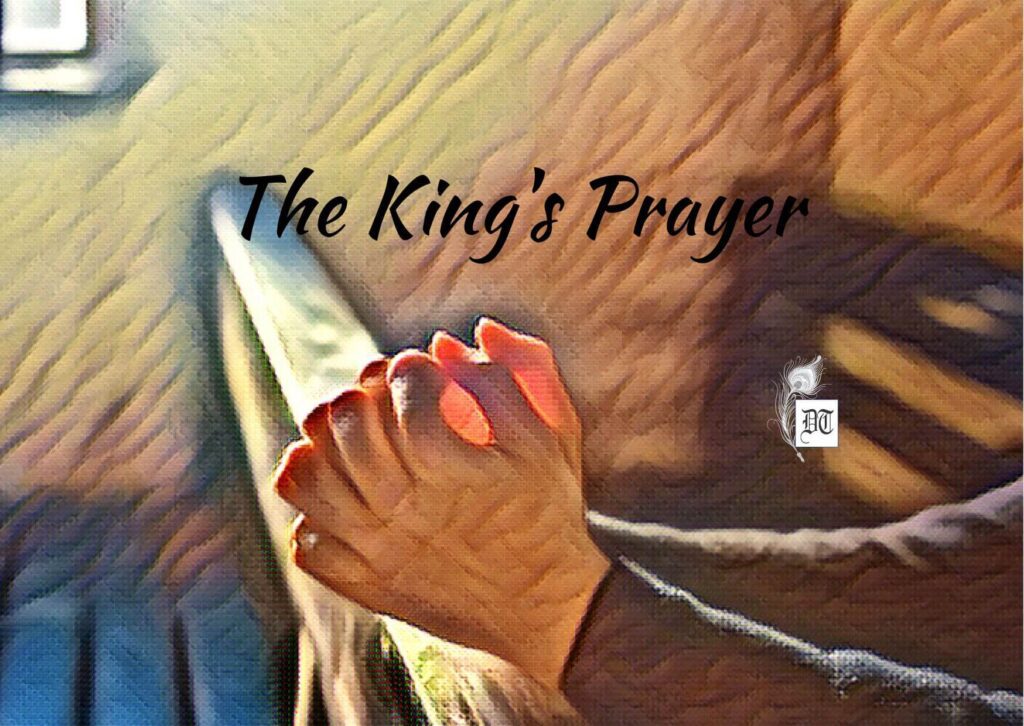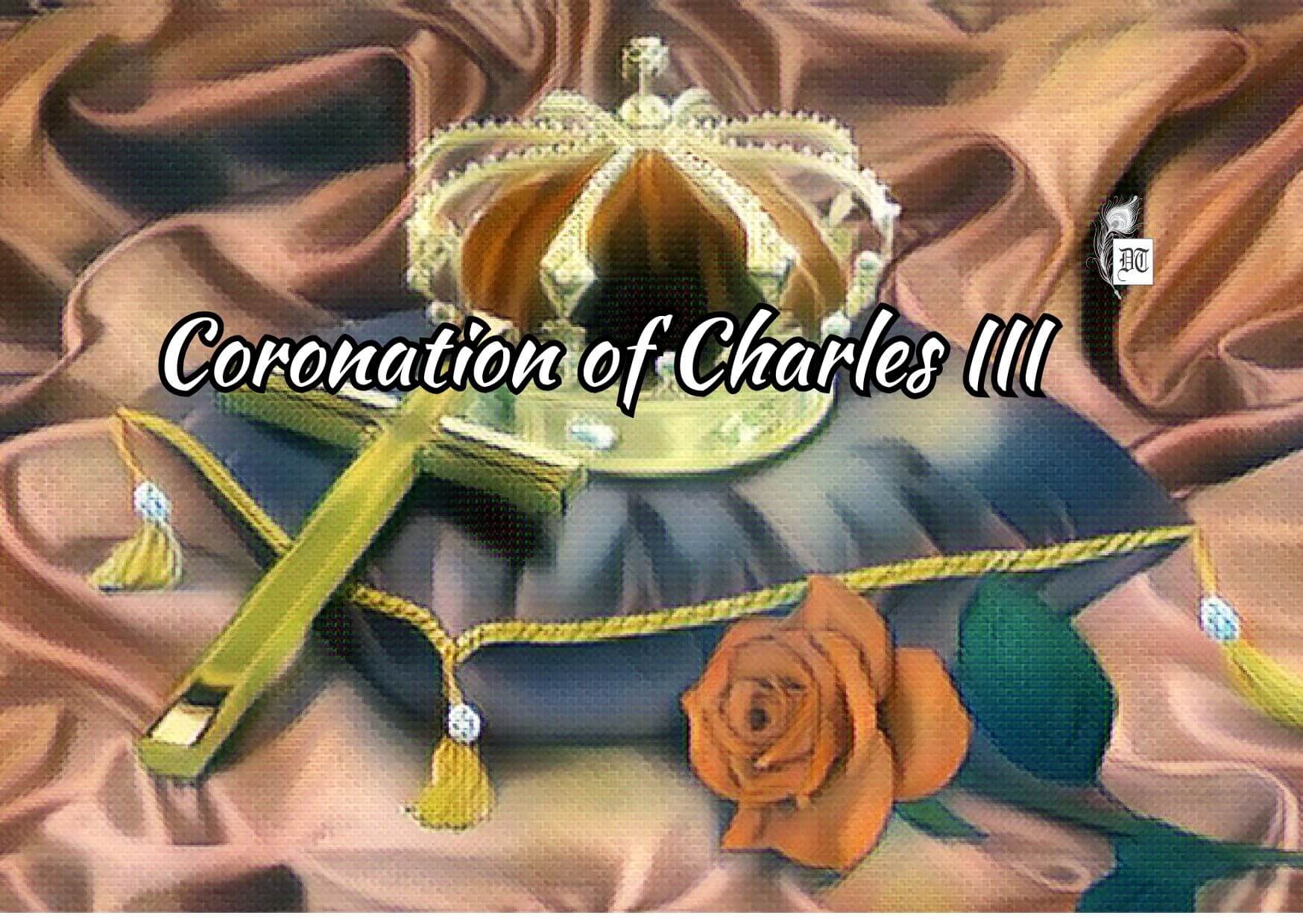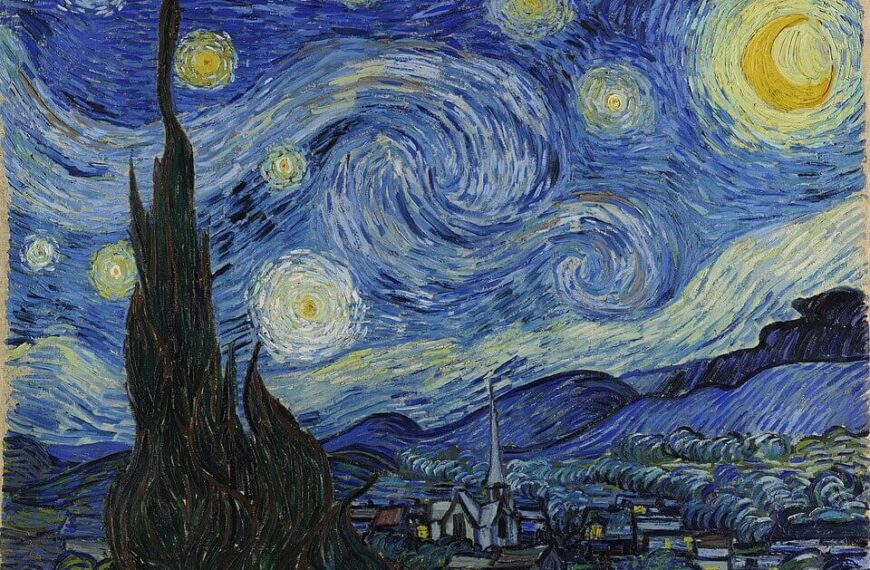King Charles III’s Prayer emphasised compassion and inclusivity, uniting different faith communities and promoting peace. The royal competence and governance evaluation lies with the people, states Azam – exclusively for Different Truths.
To serve and not to be done was the theme of the May 6, 2023, coronation of King Charles III, the oldest British monarch ever to endure the sophisticated millennial ceremony kick-started by Saint Dunstan for King Edgar in 973 CE at Bath Abbey.
And compassion was the gateway of his Prayer, the first ever by a monarch at the coronation.
And compassion was the gateway of his Prayer, the first ever by a monarch at the coronation.
Both evoked, rather than enunciated, implicit promises, ensuring against the potential blowback from explicitness. It signals the new king’s hope to nudge the British crown closer to the other European monarchies. The latter has already abandoned the ritual of coronation ceremonies for inauguration or enthronement. They even cycle among their subjects at will.
Emphasis on and references to the theme of serving abound in Christian teaching, though it stays elusive in political practice. The title of minister of a church or state title is a nominalised verb and, at heart, a synonym of serving. Church dignitaries flaunting their finery at the coronation were a poor example of service, more so considering that their Servant King probably had a middle eastern carpenter’s calloused hands, his body wrapped in a seamless garment most closely resembling the dress of an Indian yogi. He also never swung a sword but likely held a shepherd’s crook, nor rode a charger but humbly walked the length and breadth of Israel and Judea in sandals until he once got to ride a donkey!
The coronation theme is a commendable intention to redress the professedly Christian monarchy…
The coronation theme is a commendable intention to redress the professedly Christian monarchy without, as yet, any hint of surrendering the spectacular trappings of pomp and ceremony.
King Charles III might be the head of the Anglican church. Still, unlike Napoleon, he meekly accepted the crown placed on his head by the archbishop of Canterbury, which restrains the monarch’s ecclesiastical ambitions — if any — but recognises his duties as Fidei Defensor — Defender of the Faith.
Unlike Napoleon, who, on December 2, 1804, challenged the church’s worldly authority at his coronation by plucking the crown off the cushion held by Pope Pius VII and settling it on his head!
King Charles III, a child of English sobriety, did no such thing.
If there was any flamboyance, it was in his dress, the jewels in the crown, and the finery of his minions…
If there was any flamboyance, it was in his dress, the jewels in the crown, and the finery of his minions over which he has little control.
That said, the tasty history of the Defender of the Faith title, the three-stage decision to further enrich it and the unprecedented addition to the ceremony of the King’s Prayer needs to be reviewed before the Prayer itself can be appreciated—first, the history.
In 1521, Pope Leo X granted Henry VIII the title of Fidei Defensor — Defender of the Faith —for authoring Assertio Septem Sacramentorum (Defence of the Seven Sacraments), in which he fiercely rejected the teachings of Martin Luther, defending the sacramental nature of marriage and the Pope’s pre-eminence.
Yet, in 1534, when the Pope refused to grant Henry VIII an annulment, the well-rounded, bon vivant king declared a separate church under his royal supremacy and repudiated Catholicism. Pope Paul III revoked the Fidei Defensor title and excommunicated Henry, who refused to surrender the title by substituting one denomination for another.
The same year, by England’s 1534 Act of Supremacy, the English crown claimed to be “the only supreme head on earth of the Church in England”…
The same year, by England’s 1534 Act of Supremacy, the English crown claimed to be “the only supreme head on earth of the Church in England,” rendering null and void the Pope’s spiritual, theological and secular status. Denuded of royal protection under Fidei Defensor, British Catholics were actively persecuted, the surviving architectural memento of which is the infamous priest’s hole’ in old houses where a catholic priest could cower!
On January 19, 1537, Pope Paul III spitefully transferred the Fidei Defensor title to King James V of Scotland, hoping James would defy his Uncle Henry’s decision to challenge the papacy. The ploy failed, and the Fidei Defensor title continued in the line of royal succession up until the coronation of King Charles III.
In 1570, Pope Pius V’s papal bull, Regnans in Excelsis, declared Queen Elizabeth I, Britain’s Fidei Defensor, a heretic and absolved her subjects of their allegiance to her.
Reprisals on Catholic subjects went as far as execution, and they became scapegoats for incidents such as the 1605 Guy Fawkes Gunpowder Plot and the 1666 Great Fire of London.
Until 1778, Catholics were prohibited from inheriting or purchasing land and faced perpetual imprisonment for keeping a school. Finally, the passage of the Roman Catholic Relief Act of 1791 allowed Catholics to practice the legal profession and relieved them from taking the Oath of Supremacy.
After the end of the Second World War, anti-Catholicism subsided…
After the end of the Second World War, anti-Catholicism subsided, being neutralised by effective ecumenical dialogue between Anglicans and Catholics, and though traces of discrimination might still be discerned, state-sanctioned persecution has ended.
King Charles III, in honouring his mother’s endorsement of his 1994 intention to enrich the Fidei Defensor title, interpreted it in his unprecedented coronation prayer to herald inclusion, starting with Christians, i.e., Catholics, and drawing in every other faith that started diversifying the United Kingdom’s theological and cultural landscape after World War II.
This announcement lights up King Charles III’s goodwill, derived from his Christian faith, which has been giving way to the pragmatics of statecraft and languishing at the doorstep of history. His benevolent intention is evident in the Prayer, a Bible verse read by his Hindu Prime Minister, and the collective greetings of leaders and representatives of the Jewish, Hindu, Sikh, Muslim and Buddhist communities.
Now to the three-stage decision to enrich the Fidei Defensor title.
On June 29, 1994, the same year Prince Charles retired from competitive polo and the Anglican church ordained its first women priests…
On June 29, 1994, the same year Prince Charles retired from competitive polo and the Anglican church ordained its first women priests, who are neither called priestesses nor lady priests, Jonathan Dimbleby conducted the BBC documentary in which the prince admitted to committing adultery and also expressed his wish to replace the sovereign’s role of “defender of the faith” with “defender of all faiths.”
His expounding stirred controversy, but being the digital age, it quickly ceded to the Rwandan Genocide, civil war in Yemen, Hurricane John and other disasters, happenings and events.
The subject resurfaced in 2002 at the time of Queen Elizabeth’s Golden Jubilee, when she assured the leaders of faith communities that the monarch’s role as Supreme Governor of the Church of England also included safeguarding the free practice of all faiths in the United Kingdom.
Thirteen years later, it came to public attention for the third time.
In his 2015 interview on BBC Radio 2’s The Sunday Hour, Prince Charles quoted and reiterated his mother’s 2002 interpretation which he has now enshrined in the unprecedented King’s Prayer that morally enhances the title of Fidei Defensor — Defender of the Faith.
And finally, the King’s Prayer itself.
While historians have yet to proclaim a consensual second Elizabethan era for King Charles III’s mother, the press is cautiously flirting with a second Carolean era…
While historians have yet to proclaim a consensual second Elizabethan era for King Charles III’s mother, the press is cautiously flirting with a second Carolean era, perhaps to kindle a revival of King Charles II’s twenty-five-year culture-friendly reign.
That past might be poised to become a fantastic future. Still, King Charles III has already contributed a first at his coronation by saying a short public prayer, in which the implicit’s eloquence exceeds the explicit’s brevity.
“God of compassion and mercy whose Son was sent not to be served but to serve, give grace that I may find in thy service perfect freedom and in that freedom knowledge of thy truth. Grant that I may be a blessing to all thy children, of every faith and belief, that together we may discover the ways of gentleness and be led into the paths of peace; through Jesus Christ our Lord. Amen.”
The royal utterances reassure the United Kingdom’s rival faith communities, starting with Catholic Christians and drawing in other minority faiths after a three-decade, titillating wait.
The Archbishop of Canterbury seconded his king’s promise, declaring that “the Church of England, which the king swears to uphold, is committed not just to ‘the true profession of the Gospel,’ but also to foster an environment in which people of all faiths and beliefs may live freely.”
The leaders of faith communities confirmed their understanding of the implied royal promise in their greeting: “Neighbours in faith, we acknowledge the value of public service. We unite with people of all faiths and beliefs in thanksgiving and service with you for the common good.“
In delivering this promise to all faiths, history will measure a second Carolean era.
The opening words of the promise in the King’s Prayer uphold the core of the Nicene creed common to the Roman Catholic, Anglican, and Protestant denominations…
The opening words of the promise in the King’s Prayer uphold the core of the Nicene creed common to the Roman Catholic, Anglican, and Protestant denominations, which affirms monotheism grasped by all who understand simile and metaphor, sign and signifier and the biblical relationship of God and Man. The Prayer closes with the title ‘Lord,’ also attributed to the owner of a pub, rental property or members of the House of Lords, regardless of their faith.

Freedom, too, is defined within that framework as the doorway to truth.
“All thy children” refers to the inclusive metaphor recurring in the Holy Bible and the unbiased equality of all faith communities united in togetherness. The last also rejects communal encroachments and enjoins all the responsibility of peaceful cohabitation.
The royal intention is unambiguously noble and firm.
In good faith, one may suppose that it will not pave the way to hell, as Saint Bernard of Clairvaux, theoretician and drafter of the Knights Templar Rule, warned in his oft-quoted saying about noble intentions.
The royal goodwill and intention have passed the test.
Royal competence and governance await the people’s adjudication.
King Charles’ ability to deliver the evoked compassion will also reflect the commitment to his faith and the legacy of his South African mentor…
King Charles’ ability to deliver the evoked compassion will also reflect the commitment to his faith and the legacy of his South African mentor, Laurens van der Post — author, “soldier, educator, journalist, humanitarian, philosopher, explorer and conservationist,” and Prince William’s godfather.
The LA Times of December 18, 1996, called Laurens van der Post the “spiritual guru of Britain’s Prince Charles,” and the New York Times, of August 3, 2002, concluded that he was “the strongest intellectual influence of his (Prince Charles’) life.”
Picture design by Anumita Roy





 By
By
 By
By
 By
By
 By
By
Excellent article rich with info and history God bless